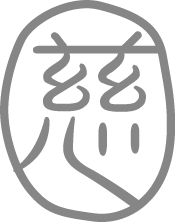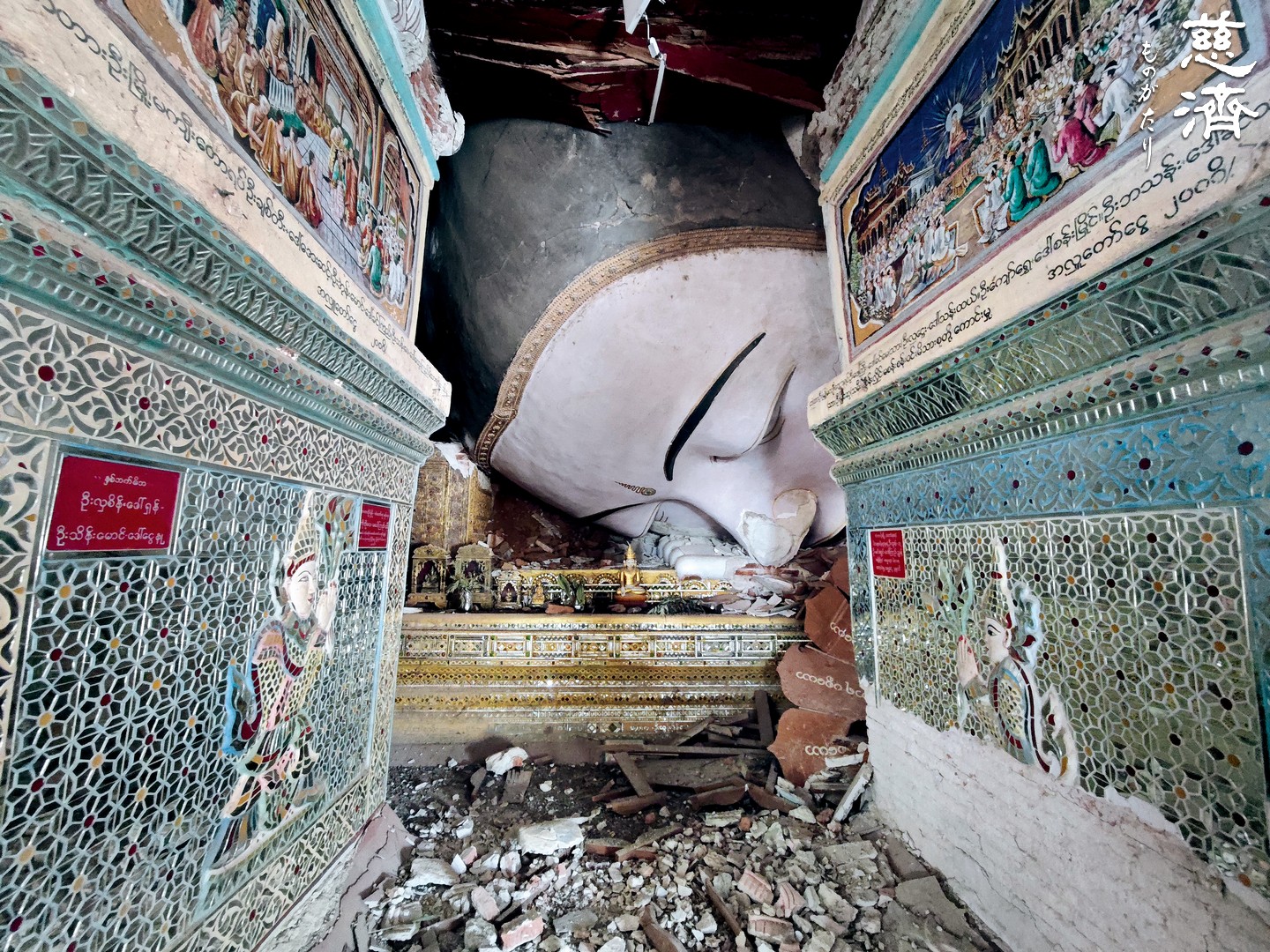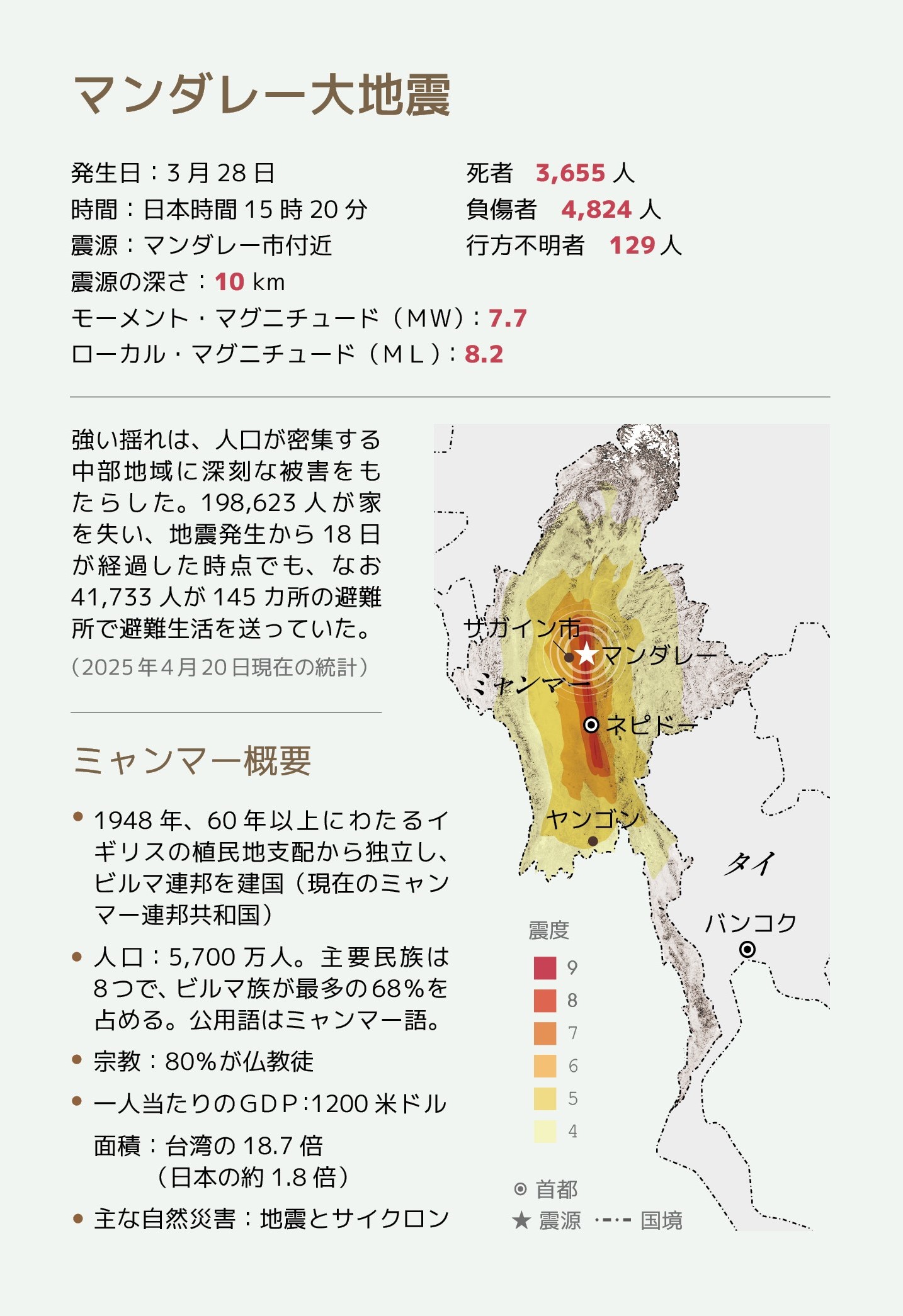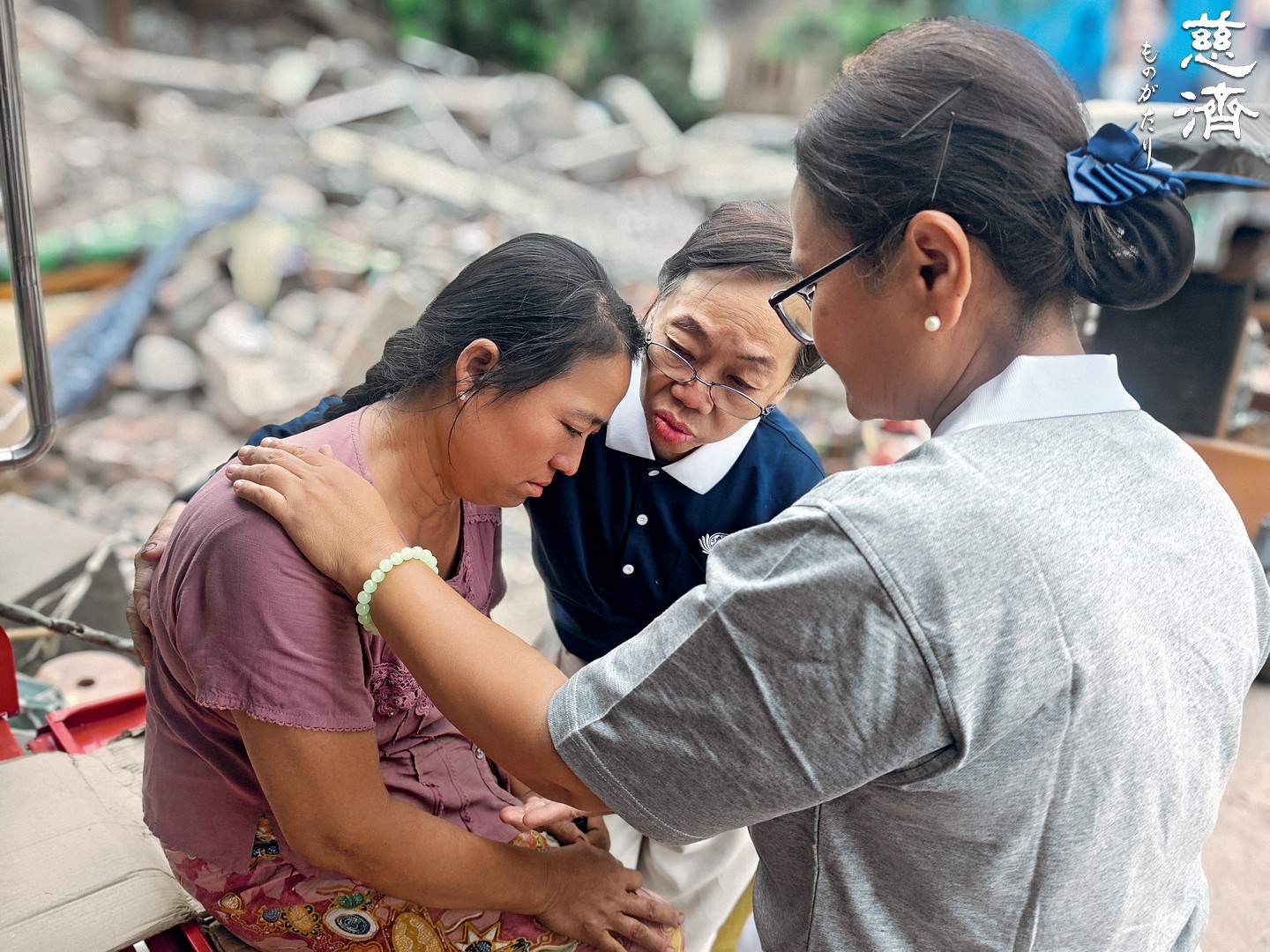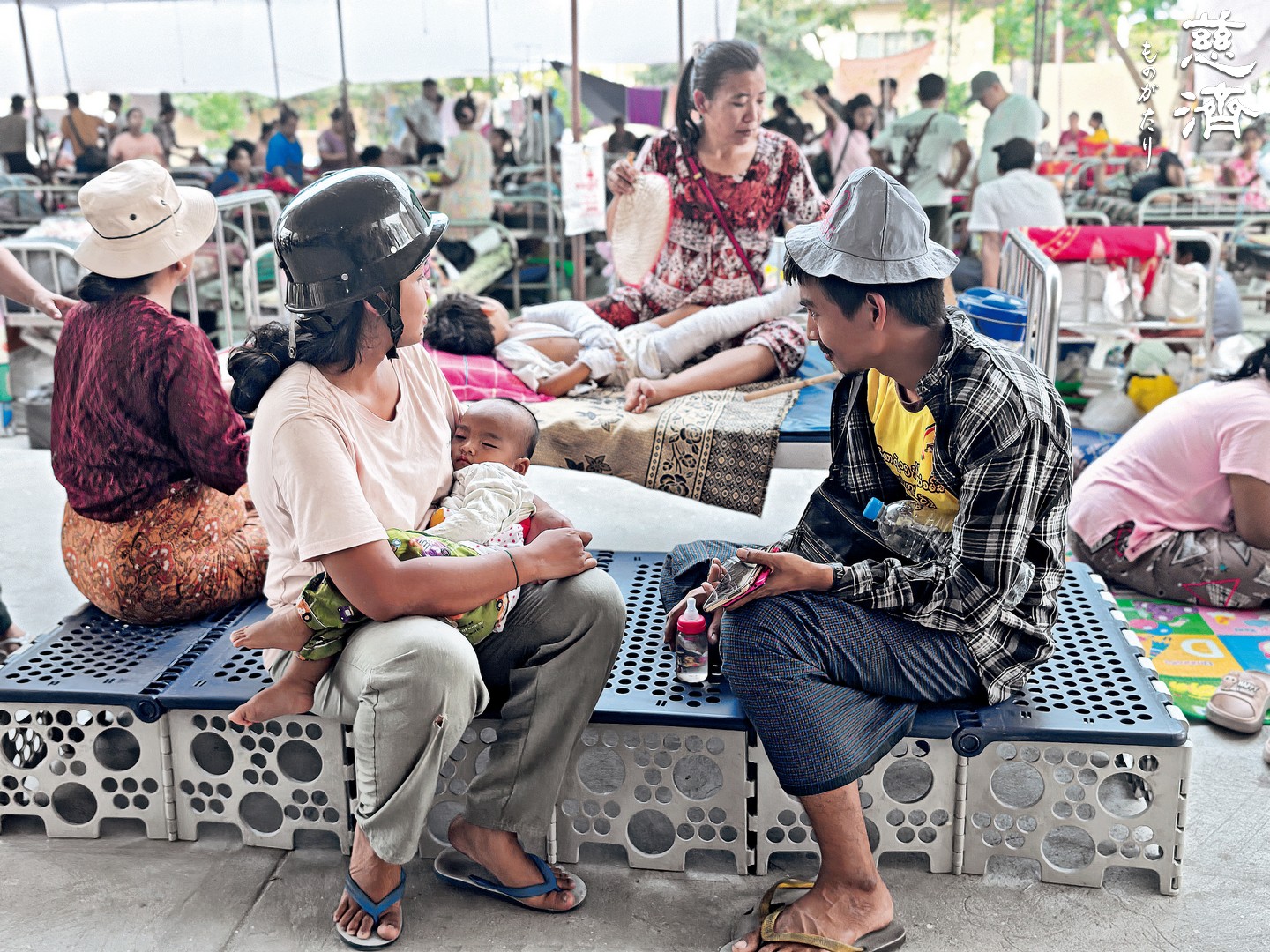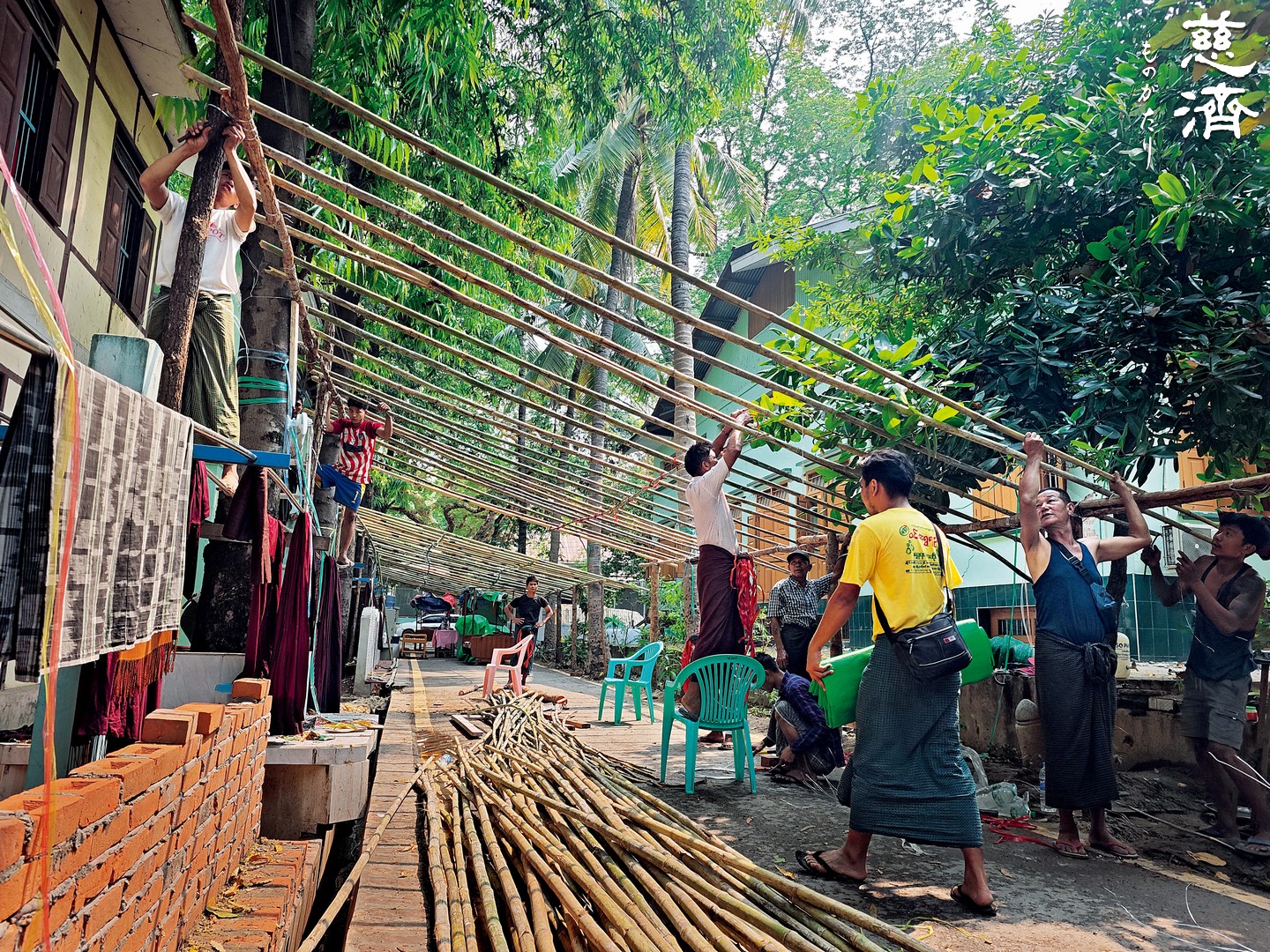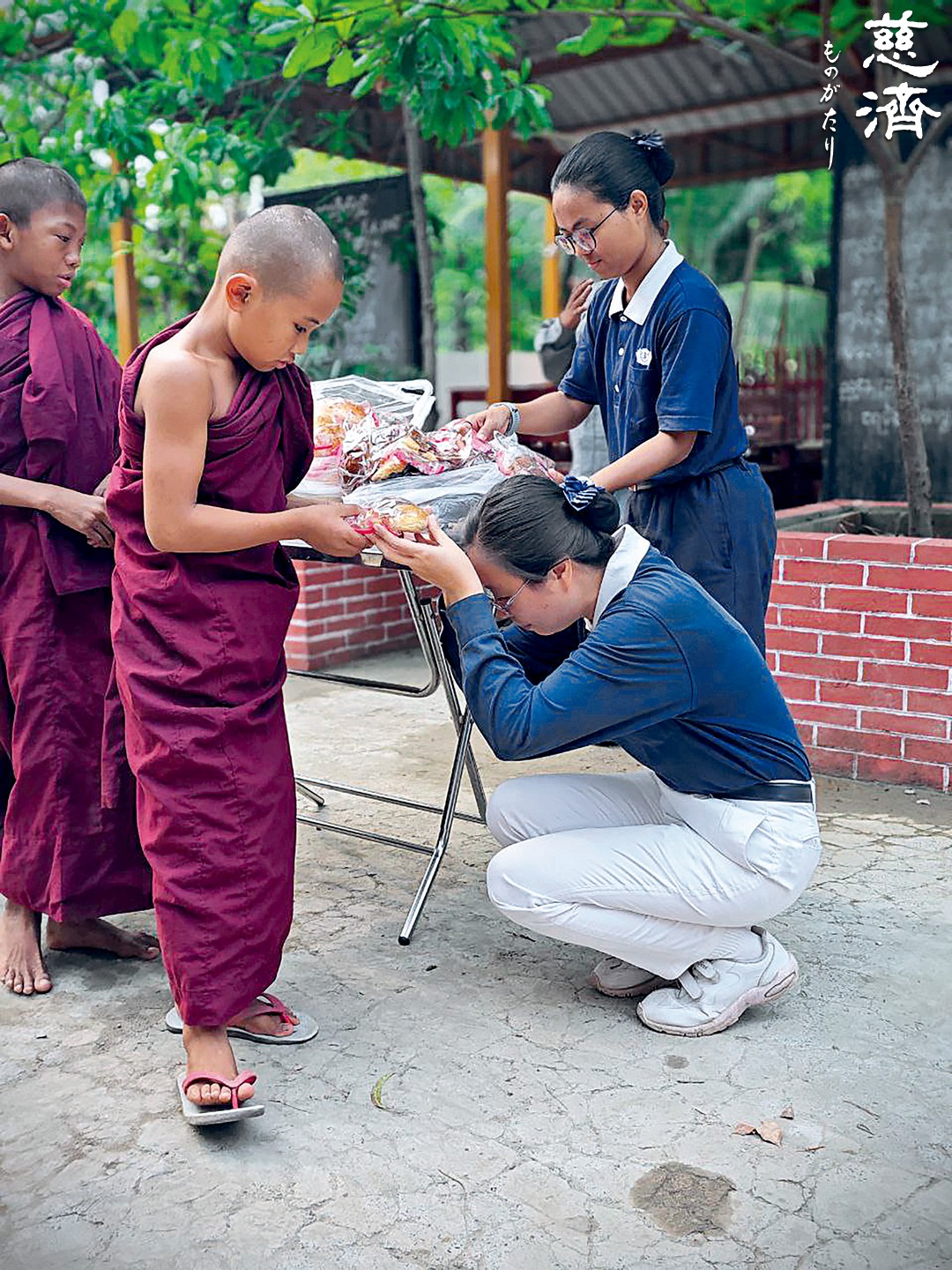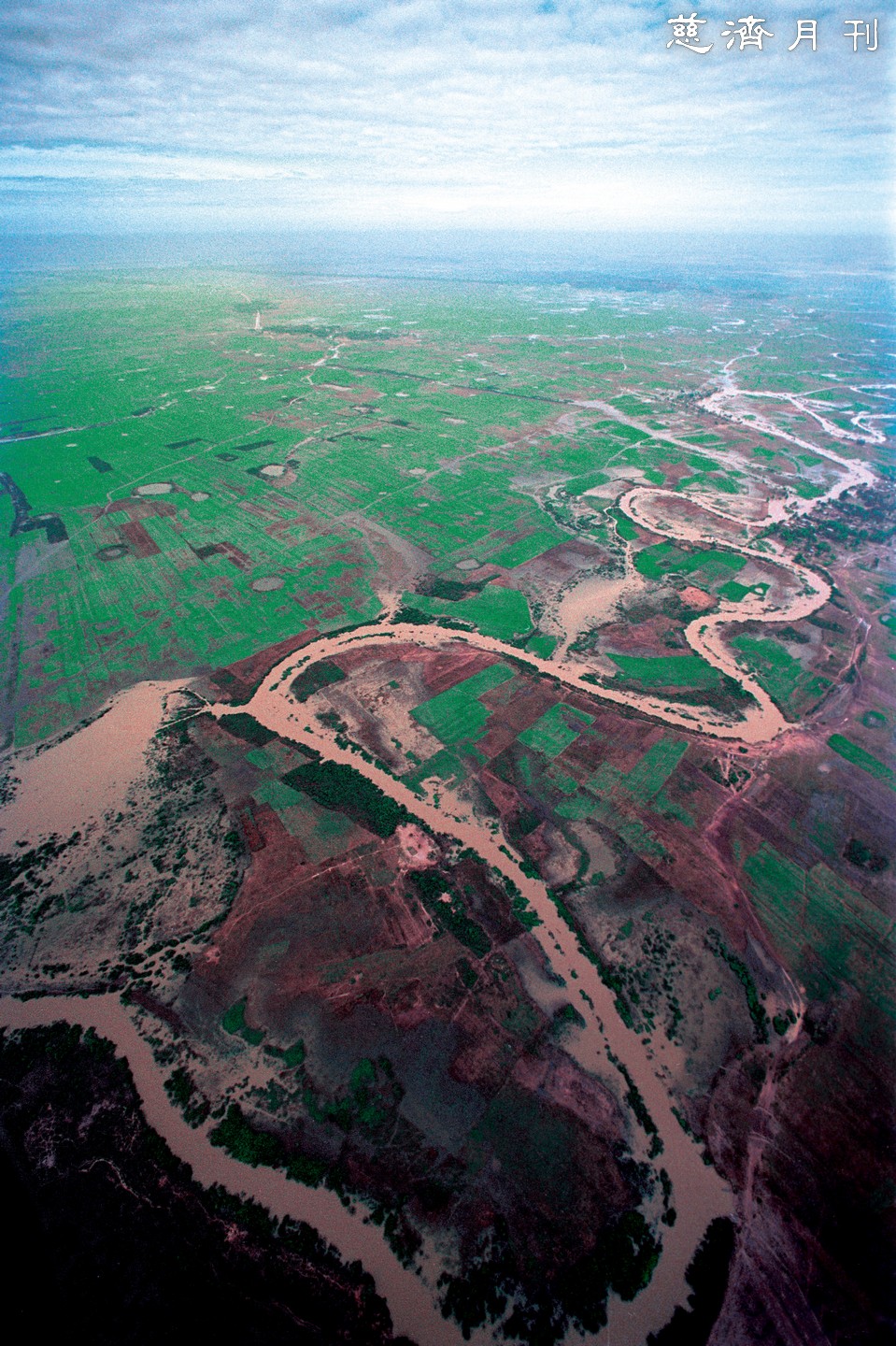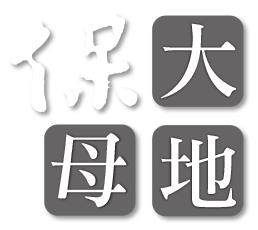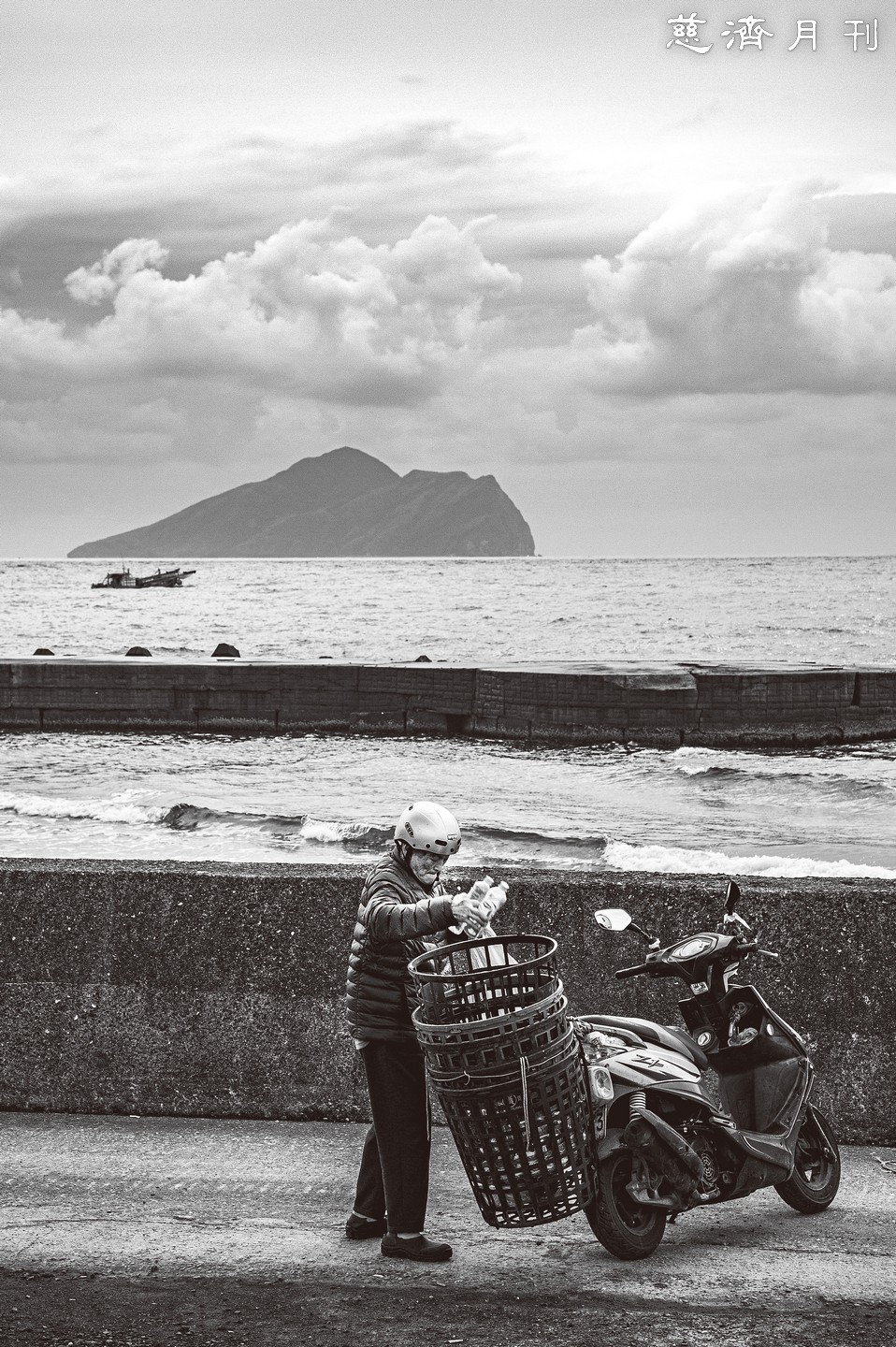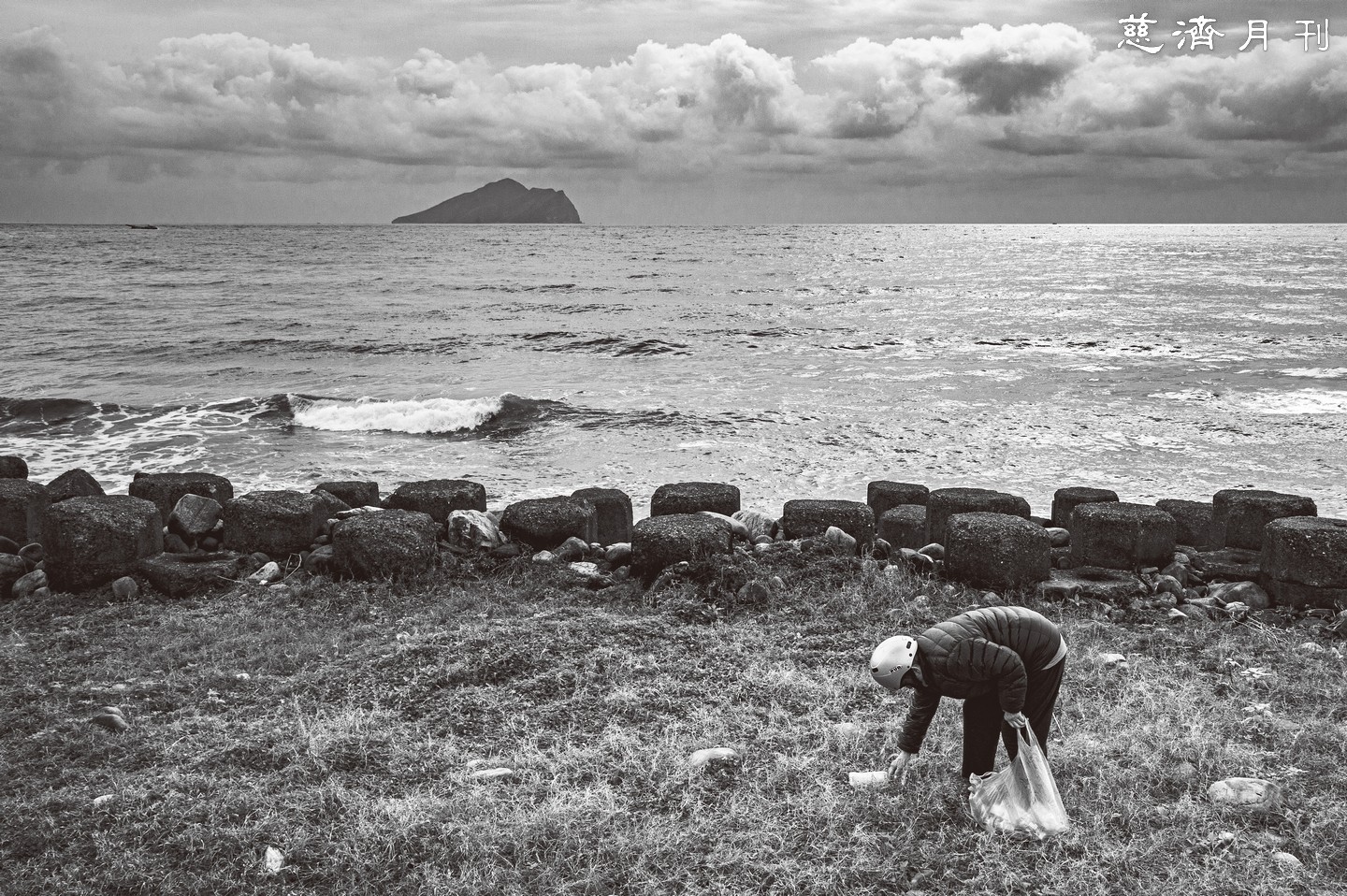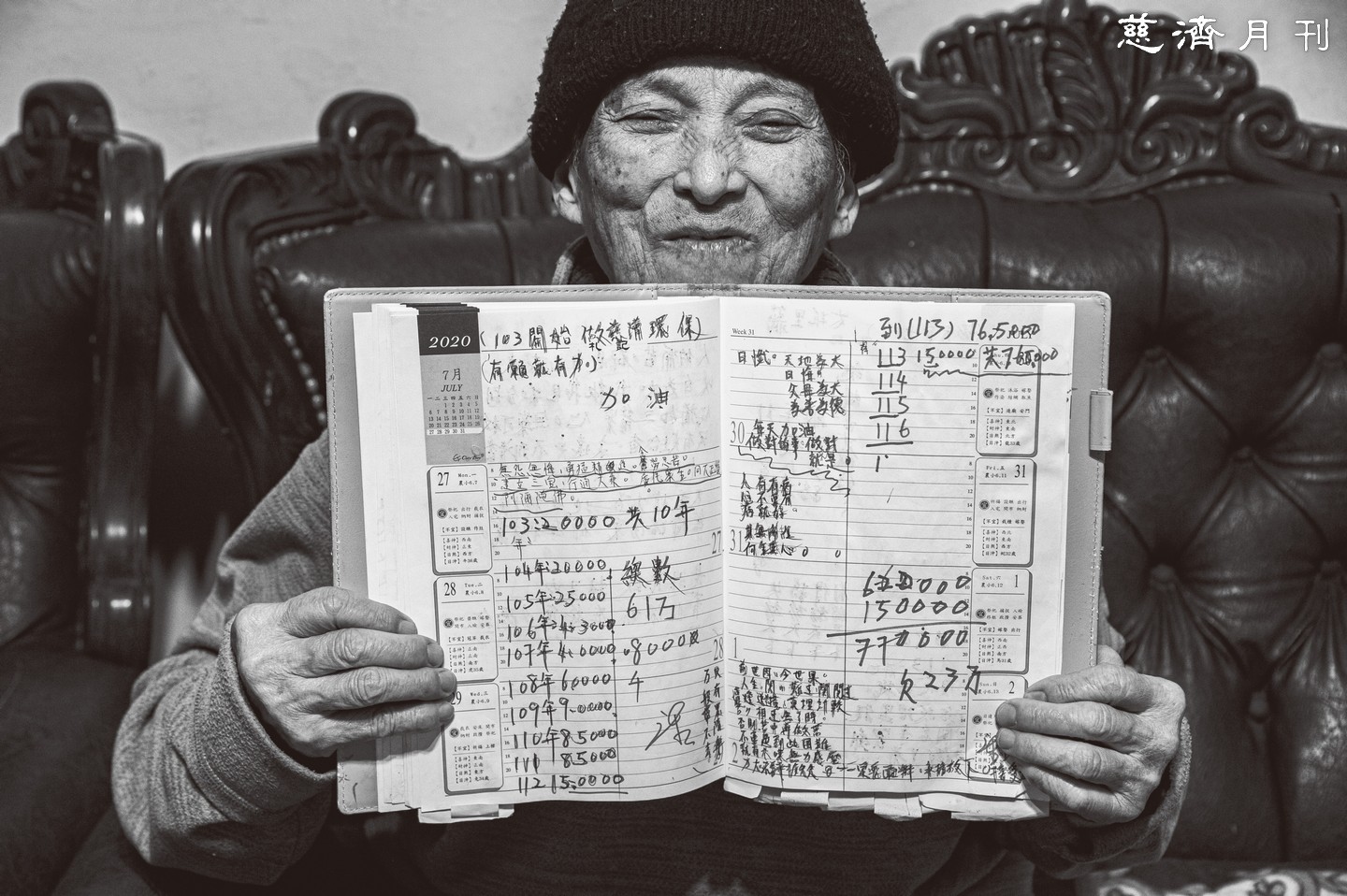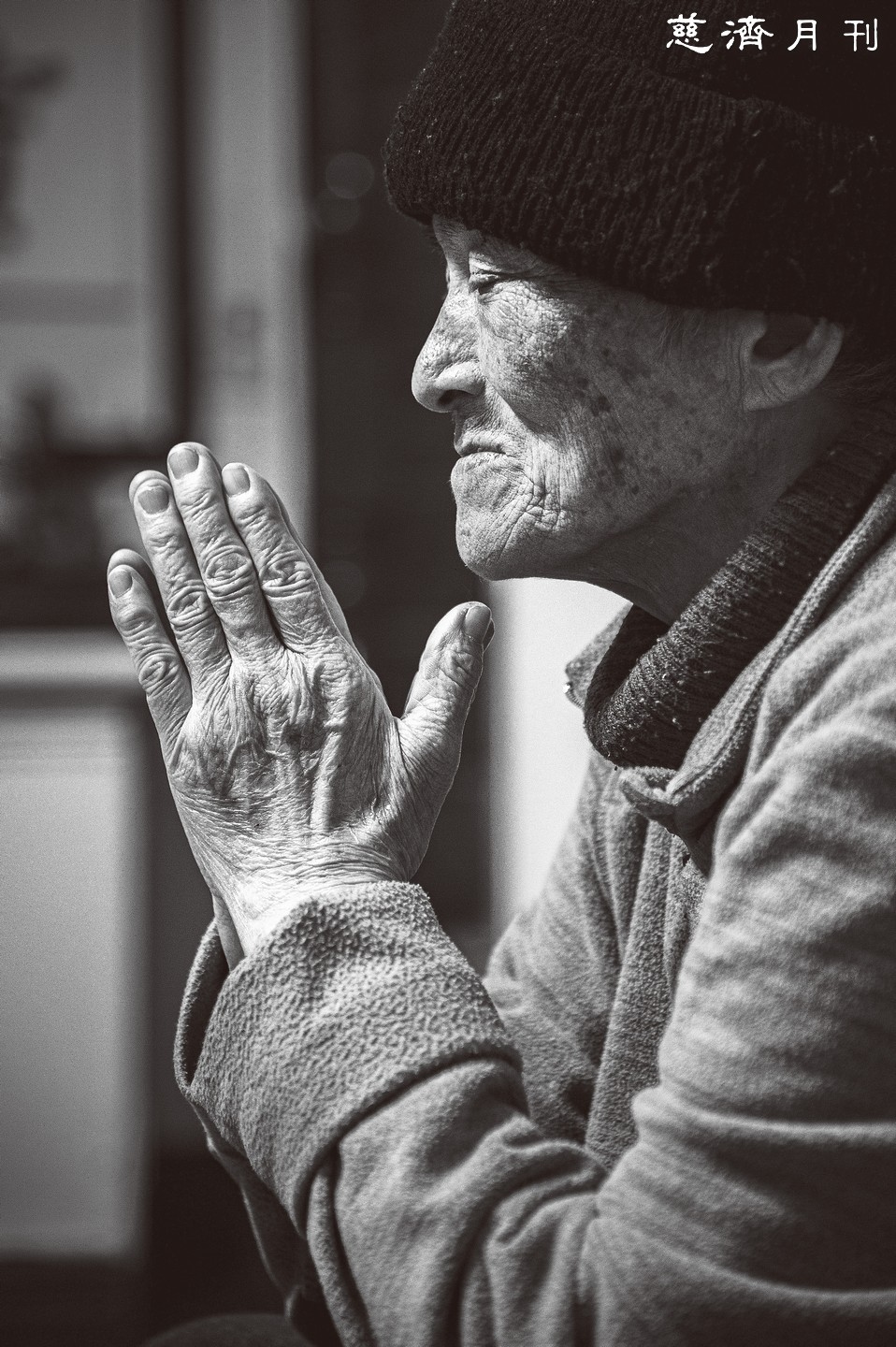Myanmar
◎A powerful earthquake rocked central Myanmar near Mandalay on March 28. Mobilizing quickly, Tzu Chi volunteers carried out the first phase of emergency relief from April 2 to 20, distributing food, folding beds, blankets, mosquito nets, and medical masks, among other items. On April 27, they returned to the disaster area to begin the second phase of damage assessment and aid distribution. Over the two phases, volunteers donated medicine, N95 and other medical masks, and medical gloves to 12 hospitals; they also offered cash-for-work opportunities that led to the construction of temporary shelters at 30 sites, providing refuge for 1,822 monastics and local residents. Volunteers continued distributing rice, cooking oil, folding beds, blankets, mosquito nets, and other supplies through May 25. On June 11, another distribution was held in Tada-U, benefiting 266 households with rice and cooking oil.
In preparation for schools reopening in June, volunteers from Malaysia provided international support, working with four local contractors and cash-for-work participants to construct temporary classrooms and housing for schools and monasteries affected by the disaster. On May 15, they started building units measuring approximately 43 square meters (460 square feet) each, with layouts adjustable to fit the available land. A total of 87 units were completed by June 15, across four campuses of Mandalay Kongjiao School and ten monasteries. The project includes Mandalay, Amarapura, Inwa, Tada-U, and the capital, Naypyidaw, with a total of 200 units planned.
Cambodia
◎From May 30 to June 1, the Samdech Techo Voluntary Youth Doctor Association (TYDA) collaborated with Tzu Chi International Medical Association teams from Singapore, Malaysia, the Philippines, and Taiwan to provide free medical services at Prey Kabbas Referral Hospital in Takeo Province. The outreach covered five specialties—ophthalmology, dentistry, surgery, internal medicine, and traditional Chinese medicine—serving 3,686 patient visits. As part of the work prior to the clinic, Cambodian volunteers and TYDA doctors conducted pre-operative eye screenings on May 3 and 4, paving the way for operations performed by surgeons from the Tzu Chi Eye Center in Manila, the Philippines, during the event. Since 2017, Tzu Chi and TYDA have teamed up annually to host large-scale free clinics in Cambodia, with a pause in services during the COVID-19 pandemic.
Taiwan
◎In May, Tzu Chi Stem Cell Center Director Yang Kuo-liang (楊國梁) and Medical Director Yang Shang-hsien (楊尚憲) traveled to Quebec, Canada, to attend a World Marrow Donor Association (WMDA) meeting, where they personally received the association’s Full Standards certification. To ensure donor safety and transplant quality, WMDA sets strict international standards and conducts rigorous on-site evaluations every four years. Tzu Chi’s marrow registry has achieved Full Standards status—the highest level currently awarded by WMDA—three times to date.
◎In response to the January 21 Chiayi earthquake, Tzu Chi provided emergency relief and assisted with home repairs in Tainan’s Nanxi and Yujing districts, which were close to the epicenter. To support residents displaced by the quake, Tzu Chi worked with the Tainan City Government to build a three-story facility that will offer survivors a safe place to stay while rebuilding their homes. Construction began on June 21. Tzu Chi is funding the main building’s construction, while the city government is responsible for landscaping and other environmental improvements. The facility will include 70 units—52 studios and 18 double rooms—on the second and third floors, along with a community hall on the first floor. Once its role in resettlement is complete, the facility will be repurposed for other social welfare needs.
Malaysia
◎In March, severe flooding struck the state of Johor, forcing more than 10,000 people to evacuate. Tzu Chi volunteers, braving wind and rain, rushed to provide care, distributing dry food, daily necessities, blankets, and folding beds to evacuees. For the first time, Tzu Chi’s Johor Bahru office partnered with the state government to distribute cash aid in Permas Jaya, Tampoi, Gelang Patah, and Ulu Tiram, relieving financial pressure on over 1,300 affected families.
Guatemala
◎Tzu Chi volunteers in Guatemala visited Santa Bárbara, Suchitepéquez, in March to distribute school supplies. At Los Tres María School, they found students using wooden tomato crates as desks and chairs. Although the school had applied for funding for years, no support had been provided. To address the need, volunteers delivered 62 desk-and-chair units to the school on April 27. Each unit included a backrest and built-in storage. Since the school has no electricity, the mayor arranged for a generator and sound system for a donation ceremony. Local government officials attended the event to express their gratitude.
Haiti
◎On May 25, Haiti’s Mother’s Day, Tzu Chi volunteer Johnson Chang (張永忠) led a group of local volunteers in organizing a bowing pilgrimage and Buddha Day ceremony, praying for peace and harmony in society. They also conducted two distributions of rice provided by Taiwan’s Ministry of Agriculture. Since the assassination of its president in 2021, Haiti has experienced ongoing political turmoil and deteriorating public safety. Conditions have worsened further this year, with the country grappling with gang violence, a food crisis, a cholera outbreak, and a severe shortage of humanitarian assistance.
Ecuador
◎Since 2023, Tzu Chi has distributed school supply kits annually in four cities and towns—Manta, Santa Ana, Portoviejo, and Canoa—helping children from underprivileged families. Nine distribution events were held this year, from May 24 to June 3, benefiting a total of 1,113 children.
Brazil
◎In February, heavy rains in the state of São Paulo triggered flooding and landslides. Tzu Chi volunteers carried out disaster assessments and verified recipient lists in April. On May 25, they provided food packages to 262 households in the city of Itaquaquecetuba. Each family received 24 kilograms (53 pounds) of supplies, including rice, cooking oil, beans, flour, seasonings, and more.
Australia
◎In April, Tzu Chi volunteers from Brisbane traveled nearly 400 kilometers (250 miles) to the remote town of Tara to hold a three-day free clinic. A team of 61 medical professionals and 85 support volunteers provided care during 675 patient visits, offering services in traditional Chinese medicine, Western medicine, and dentistry. The dental team supplied 46 sets of dentures, working late to complete them. Tara faces challenges such as limited public transportation, insufficient medical resources, and unreliable Internet access. The annual Tzu Chi free clinic has been a cherished tradition for 18 years, with many residents bringing coin banks filled with money to donate. This year, two sisters organized a bake sale, which attracted over a thousand supporters and raised more than 80,000 New Taiwan dollars (approximately US$2,670) to support the clinic.

Myanmar
◎A powerful earthquake rocked central Myanmar near Mandalay on March 28. Mobilizing quickly, Tzu Chi volunteers carried out the first phase of emergency relief from April 2 to 20, distributing food, folding beds, blankets, mosquito nets, and medical masks, among other items. On April 27, they returned to the disaster area to begin the second phase of damage assessment and aid distribution. Over the two phases, volunteers donated medicine, N95 and other medical masks, and medical gloves to 12 hospitals; they also offered cash-for-work opportunities that led to the construction of temporary shelters at 30 sites, providing refuge for 1,822 monastics and local residents. Volunteers continued distributing rice, cooking oil, folding beds, blankets, mosquito nets, and other supplies through May 25. On June 11, another distribution was held in Tada-U, benefiting 266 households with rice and cooking oil.
In preparation for schools reopening in June, volunteers from Malaysia provided international support, working with four local contractors and cash-for-work participants to construct temporary classrooms and housing for schools and monasteries affected by the disaster. On May 15, they started building units measuring approximately 43 square meters (460 square feet) each, with layouts adjustable to fit the available land. A total of 87 units were completed by June 15, across four campuses of Mandalay Kongjiao School and ten monasteries. The project includes Mandalay, Amarapura, Inwa, Tada-U, and the capital, Naypyidaw, with a total of 200 units planned.
Cambodia
◎From May 30 to June 1, the Samdech Techo Voluntary Youth Doctor Association (TYDA) collaborated with Tzu Chi International Medical Association teams from Singapore, Malaysia, the Philippines, and Taiwan to provide free medical services at Prey Kabbas Referral Hospital in Takeo Province. The outreach covered five specialties—ophthalmology, dentistry, surgery, internal medicine, and traditional Chinese medicine—serving 3,686 patient visits. As part of the work prior to the clinic, Cambodian volunteers and TYDA doctors conducted pre-operative eye screenings on May 3 and 4, paving the way for operations performed by surgeons from the Tzu Chi Eye Center in Manila, the Philippines, during the event. Since 2017, Tzu Chi and TYDA have teamed up annually to host large-scale free clinics in Cambodia, with a pause in services during the COVID-19 pandemic.
Taiwan
◎In May, Tzu Chi Stem Cell Center Director Yang Kuo-liang (楊國梁) and Medical Director Yang Shang-hsien (楊尚憲) traveled to Quebec, Canada, to attend a World Marrow Donor Association (WMDA) meeting, where they personally received the association’s Full Standards certification. To ensure donor safety and transplant quality, WMDA sets strict international standards and conducts rigorous on-site evaluations every four years. Tzu Chi’s marrow registry has achieved Full Standards status—the highest level currently awarded by WMDA—three times to date.
◎In response to the January 21 Chiayi earthquake, Tzu Chi provided emergency relief and assisted with home repairs in Tainan’s Nanxi and Yujing districts, which were close to the epicenter. To support residents displaced by the quake, Tzu Chi worked with the Tainan City Government to build a three-story facility that will offer survivors a safe place to stay while rebuilding their homes. Construction began on June 21. Tzu Chi is funding the main building’s construction, while the city government is responsible for landscaping and other environmental improvements. The facility will include 70 units—52 studios and 18 double rooms—on the second and third floors, along with a community hall on the first floor. Once its role in resettlement is complete, the facility will be repurposed for other social welfare needs.
Malaysia
◎In March, severe flooding struck the state of Johor, forcing more than 10,000 people to evacuate. Tzu Chi volunteers, braving wind and rain, rushed to provide care, distributing dry food, daily necessities, blankets, and folding beds to evacuees. For the first time, Tzu Chi’s Johor Bahru office partnered with the state government to distribute cash aid in Permas Jaya, Tampoi, Gelang Patah, and Ulu Tiram, relieving financial pressure on over 1,300 affected families.
Guatemala
◎Tzu Chi volunteers in Guatemala visited Santa Bárbara, Suchitepéquez, in March to distribute school supplies. At Los Tres María School, they found students using wooden tomato crates as desks and chairs. Although the school had applied for funding for years, no support had been provided. To address the need, volunteers delivered 62 desk-and-chair units to the school on April 27. Each unit included a backrest and built-in storage. Since the school has no electricity, the mayor arranged for a generator and sound system for a donation ceremony. Local government officials attended the event to express their gratitude.
Haiti
◎On May 25, Haiti’s Mother’s Day, Tzu Chi volunteer Johnson Chang (張永忠) led a group of local volunteers in organizing a bowing pilgrimage and Buddha Day ceremony, praying for peace and harmony in society. They also conducted two distributions of rice provided by Taiwan’s Ministry of Agriculture. Since the assassination of its president in 2021, Haiti has experienced ongoing political turmoil and deteriorating public safety. Conditions have worsened further this year, with the country grappling with gang violence, a food crisis, a cholera outbreak, and a severe shortage of humanitarian assistance.
Ecuador
◎Since 2023, Tzu Chi has distributed school supply kits annually in four cities and towns—Manta, Santa Ana, Portoviejo, and Canoa—helping children from underprivileged families. Nine distribution events were held this year, from May 24 to June 3, benefiting a total of 1,113 children.
Brazil
◎In February, heavy rains in the state of São Paulo triggered flooding and landslides. Tzu Chi volunteers carried out disaster assessments and verified recipient lists in April. On May 25, they provided food packages to 262 households in the city of Itaquaquecetuba. Each family received 24 kilograms (53 pounds) of supplies, including rice, cooking oil, beans, flour, seasonings, and more.
Australia
◎In April, Tzu Chi volunteers from Brisbane traveled nearly 400 kilometers (250 miles) to the remote town of Tara to hold a three-day free clinic. A team of 61 medical professionals and 85 support volunteers provided care during 675 patient visits, offering services in traditional Chinese medicine, Western medicine, and dentistry. The dental team supplied 46 sets of dentures, working late to complete them. Tara faces challenges such as limited public transportation, insufficient medical resources, and unreliable Internet access. The annual Tzu Chi free clinic has been a cherished tradition for 18 years, with many residents bringing coin banks filled with money to donate. This year, two sisters organized a bake sale, which attracted over a thousand supporters and raised more than 80,000 New Taiwan dollars (approximately US$2,670) to support the clinic.


